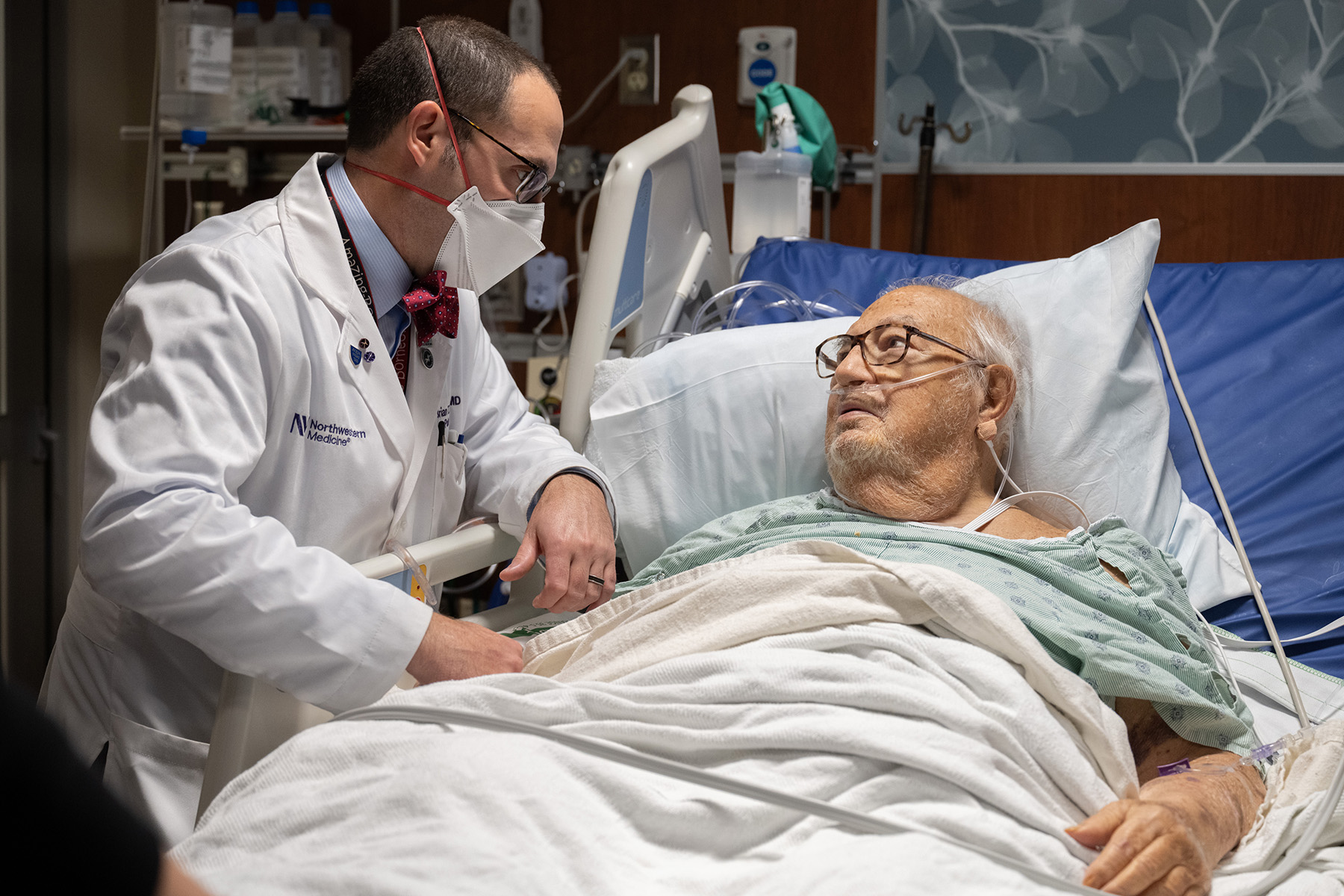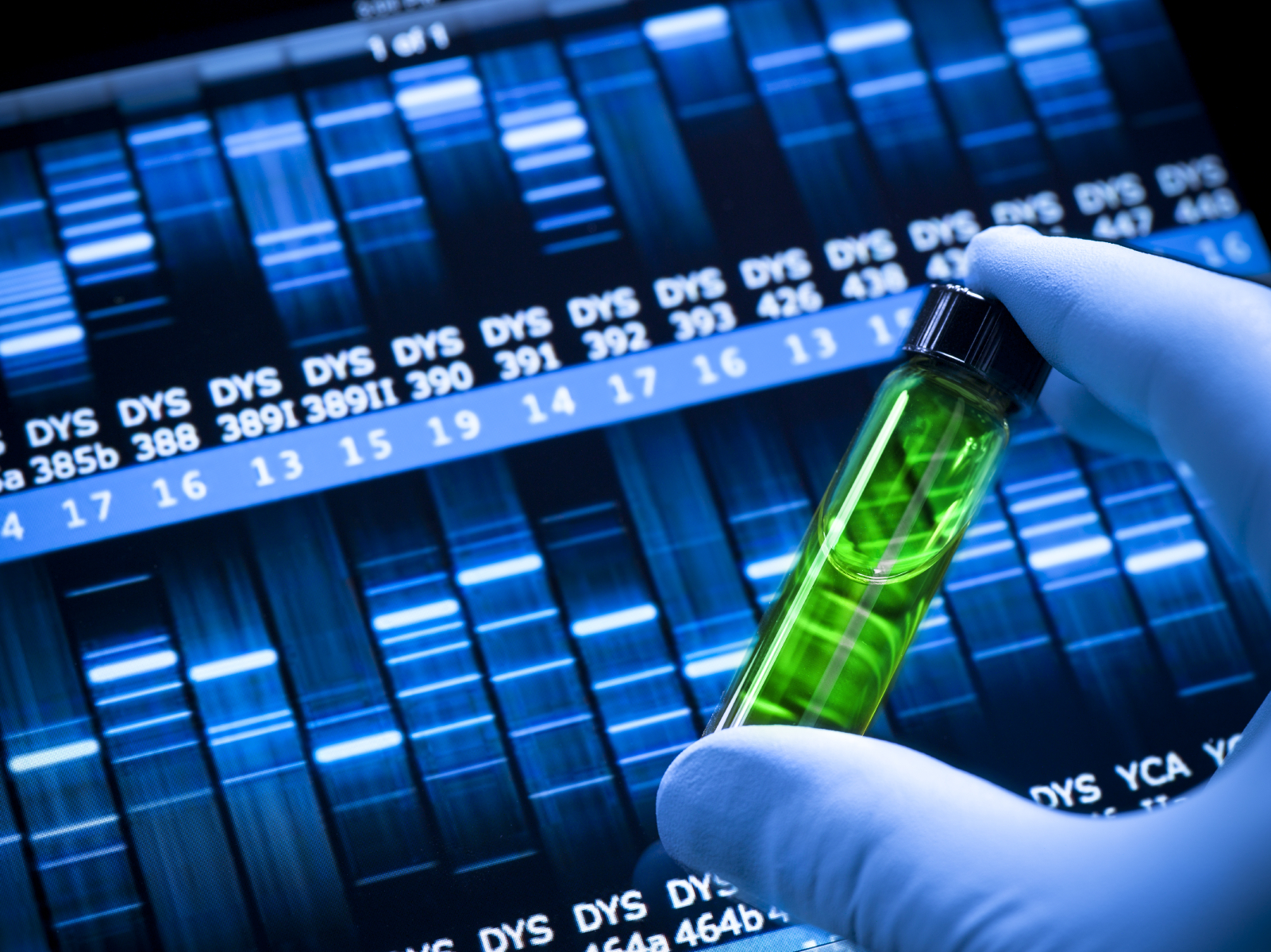
A new study published in Nature Communications and co-authored by Northwestern Medicine scientists shows how two proteins of the Ca2+ release-activated Ca2+ (CRAC) channel family interact with each other to control the flow of calcium ions into cells and modulate downstream immune responses.
Using mouse models, the scientists explored how the CRAC channel proteins, ORAI1 and ORAI2, control CRAC channel activity and immune responses.
“Most of the research has historically been focused on ORAI1,” said Murali Prakriya, PhD, associate professor of Pharmacology. “We have a reasonable understanding of how ORAI1 channels open, where they are expressed especially in the immune system, and we know that mutations in ORAI1 that kill its activity give rise to severe immunodeficiencies. Then there is this other related protein, ORAI2, which also yields CRAC currents if it is over-expressed, but until now, exactly what this protein is doing in native tissues wasn’t at all clear.”
The scientists showed that ORAI2 slows down or puts a “brake” on ORAI1’s ability to conduct calcium ions. By deleting the ORAI2 protein from the CRAC channel, the scientists showed that the flow of calcium ions into cells was markedly increased.
Furthermore, they found the deletion of both proteins caused the CRAC channel to lose function, resulting in impaired T-cell function.
While mice deficient in both proteins had impaired immune responses, they were protected from two autoimmune diseases, colitis and graft-versus-host disease, both of which are T-cell-mediated.
The authors suggest that their results show how ORAI2 adjusts the amount of calcium ions flowing through ORAI1 channels with both proteins synergizing to control immune responses.
Megumi Yamashita, PhD, DDS, research assistant professor of Pharmacology performed the electrophysiology experiments for the study and was also a co-author on the paper.
The study was supported by National Institutes of Health grants AI097302, GM114210, NS057499, UL1TR00038, U01HG004085, U42RR024244; postdoctoral fellowships VA 882/1-1 and KA 4083/2-1 by the Deutsche Forschungsgemeinschaft (DFG) and DFG Grants FL 153/10-1 and SFB894; and grant P30CA016087 to the Laura and Isaac Perlmutter Cancer Center.






